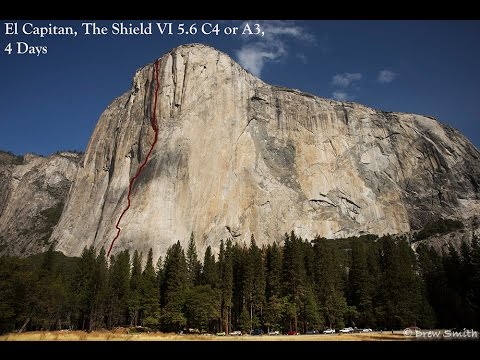


Mojave has some features that make it worth the upgrade on any reasonably modern Mac. rEDfhzwJFe- Chris Randall May 13, 2020ĭisclaimer: Please remember that leaving your OS as-is, working, is a totally viable option. Also, even beyond the issues we can quantify (like 32-bit support), frustrations with developing on Catalina have led a number of developers – audio developers in particular – to privately and sometimes publicly resort to some, uh, colorful language:Īlso too, fucking Catalina. Right, so what you want to run at this point for the latest-and-greatest new software is either:īut you definitely don’t want to run Catalina if you have any 32-bit software, 32-bit plug-ins, or drivers and applications that have other compatibility issues with Catalina’s very particular security requirements. (Well, it does.) Or the releases of Final Cut Pro X and Motion from late last year.īut wait – what Mac version am I on again? Uh well it’s ten point … something. Hey, that new Logic Pro X looks really cool. Here’s how to do it (including links to advice for when your App Store isn’t cooperating). View the complete list of compatible computers.Unless you have brand new Mac hardware, it’s likely you want to run macOS Mojave for now for greater compatibility. If your Mac isn't compatible with macOS Catalina, the installer will let you know. To find your macOS version, Mac model, memory, and storage space, choose About This Mac from the Apple menu . * To upgrade from Lion or Mountain Lion, first upgrade to El Capitan, then upgrade to Catalina. (NOTE: There is a known issue with older versions of the Pulse Secure VPN client. Your Mac also needs at least 4GB of memory and 12.5GB of available storage space, or up to 18.5GB of storage space when upgrading from OS X Yosemite or earlier.

If you're using one of these computers with OS X Mavericks or later,* you can install macOS Catalina.


 0 kommentar(er)
0 kommentar(er)
